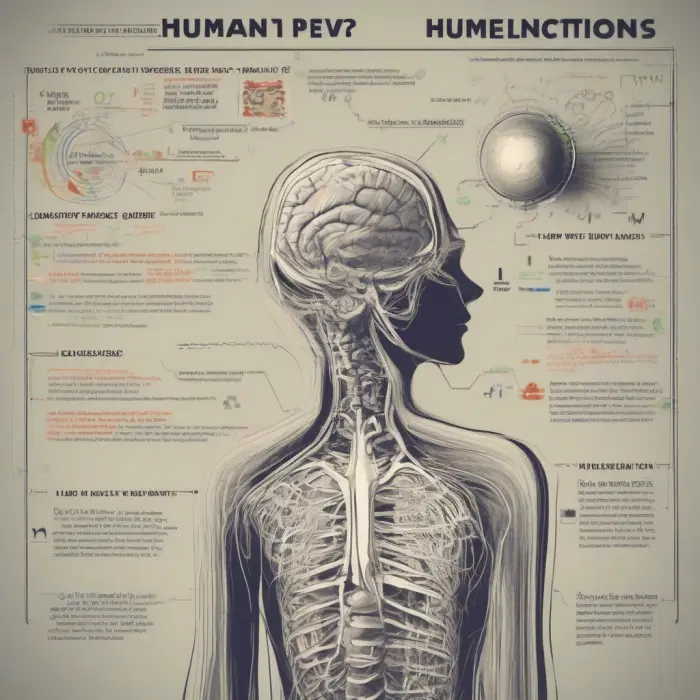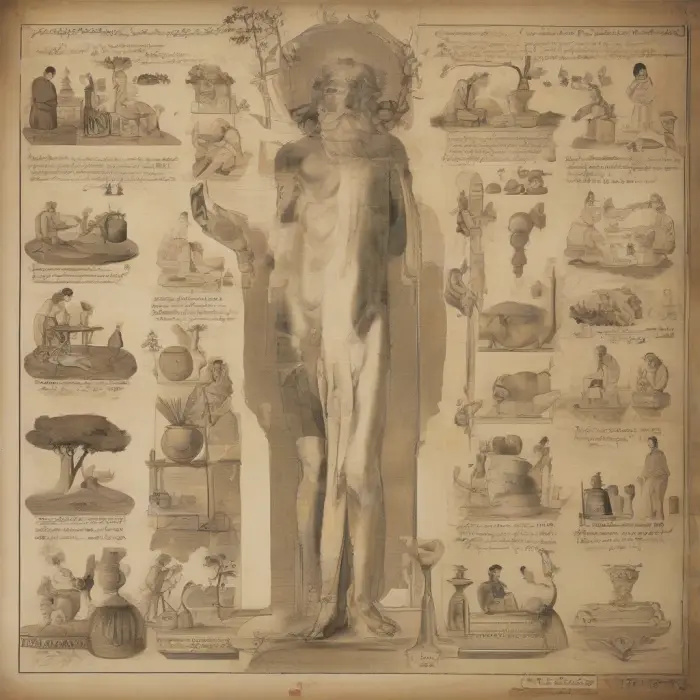Fascinating Facts About the Influence of Color on Emotions
It is universally acknowledged that color has a profound impact on our emotions and moods. This influence is so powerful that it has been scientifically documented, with sophisticated studies conducted to explore this fascinating phenomenon. The field that studies the effects of color on behavior and mood is called "color psychology".
The Power of Colors
The power of colors lies in their ability to affect our perceptions and evoke emotional responses. This is because the frequencies of light waves that our eyes interpret as color can even affect our physiological processes. The manner in which we perceive and interpret colors is determined by numerous factors, including one's cultural and personal experiences.
Interpretation of Colors
We often associate certain colors with specific feelings. Red, for instance, often invokes intense emotions such as love, anger or danger. Blue on the other hand, is typically related to a sense of calmness or professionalism. Yellow can represent joy, optimism and energy. Green can create a feeling of serenity and promote a sense of nature or environmental-friendly attitude; while black can denote power, mystery, and sophistication but also fear and sadness.
Color in Marketing and Branding
Marketing and branding experts are particularly aware of these emotional associations with colors. They employ what is known as color theory to create logos, designs, and products that strike the right mood or transmit a certain message for their target audience. For instance, many fast-food restaurants make significant use of the color red in their branding, as it tends to stimulate appetite and create a sense of urgency.
Color in Interior Design
Similarly, interior designers also grasp the emotional power of colors. The color of our surroundings can dramatically affect our mood and emotional wellbeing. A calming blue bedroom, a stimulating red kitchen, or a relaxing green living room all play a key role in influencing how we feel.
Color in Art and Symbolism
Artists too, for centuries, have known the power of colors and used them to convey complex feelings and ideas. In symbolism, each color has its own meaning like white represents purity and innocence, black symbolizes death and mourning and red symbolizes passion and danger.
Conclusion
The influence of color on our emotions is a broad and exciting field of study. We are all affected by color on a daily basis – whether we are aware of it or not. The power colors have over our emotions and moods is an important factor in various areas of our lives, such as when making purchasing decisions, decorating our homes, or viewing art. Therefore, a deeper understanding of how color influences us can be incredibly beneficial.
References
- Cassare, L.M. "Color Psychology: Effects of Perceiving Color on Psychological Functioning in Humans." Annual Review of Psychology, 2019.
- Frank, M. G., & Gilovich, T. "The dark side of self- and social perception: black uniforms and aggression in professional sports." Journal of Personality and Social Psychology, 1988.
- Goldstein, K. "The influence of color on emotional perception of natural scenes." Psychonomic Bulletin & Review, 2015.










